Introduction

If you already had a look at some of my reviews of MS-Optics lenses you are probably aware that these are quirky lenses. This MS-Optics 57mm 2.0 Petz is one recommended by MS-Optics for “beginners” though. What does that mean? Let’s find out in this review.
This lens will be reviewed on the 42mp Sony A7rII and the 24mp Leica M10.
Sample Images






Most of the sample images in this review can be found in full resolution here.
Contents
Specifications / Version History
There have been two versions of this MS-Optics 57mm 2.0 Petz, a normal one and a “Vario” one, where you can adjust the coma correction. This is a review of the normal version and its full specifications are:
- Diameter: 50 mm
- Length: 37 mm
- Weight: 114g (measured, without hood)
- Field of view: 41.6° (diagonally)
- Filter Diameter: 40.5 mm (reversed)
- Number of Aperture Blades: 14 (rounded)
- Elements/Groups: 4/4
- Close Focusing Distance: 0.8 m
- Maximum Magnification: 1:11
- Mount: Leica-M
You can sometimes find this lens on ebay.com | ebay.de (affiliate links) starting at $800
Handling / Build Quality

If you have read any of my previous MS-Optics reviews you already know there is a lot to talk about here, but let’s start with the basics.
The focus ring travels ~120° from infinity to the minimum focus distance of 0.8 m. The focus ring is actually the whole front barrel (unit focus design), so aperture ring and front element also rotate when adjusting focus. Better first decide what aperture you want to shoot at, set it, and then focus.
The resistance of the focus ring as well as the aperture ring is very nice though.
The aperture ring is also clickless and turns 90° from f/2.0 to f/16. As was already the case for the MS-Optics 50mm 1.1 Sonnetar and MS-Optics 35mm 1.4 Apoqualia the aperture ring turns in the wrong direction compared to most M-mount lenses.
Unlike many other MS-Optics lenses this one does not feature a focus tab or focus lever.
With the framelines I encountered some issues. On the M6 it brings up the 50/75mm pair, which I think makes the most sense here. On my M10 it is somewhere between the 50/75mm and 28/90mm pair, so you see parts of all those lines at the same time.
Thanks to the lens being very small there is no rangefinder blockage on the Leica M10/M6. When using the hood there is a hint of it at the minimum focus distance, but nothing to worry about.
More good news: this lens fully covers the 6-bit-code-reader – unlike many other MS-Optics lenses. It also means there is no groove to code the lens yourself, but I wouldn’t do that anyway.

Unlike what you usually encounter the 40.5mm filter thread is reversed (male), so you screw on filters the other way round. For ND or UV/Protection filters this makes less of a difference, for polarizers it is a different story, as the circular ones only work in one direction. The lens comes with a round metal lens hood, but as it looks it doesn’t feature a normal filter thread at the front.

In terms of design this MS-Optics 57mm 2.0 Petz looks similar to the MS-Optics 35mm 1.4 Apoqualia. It is almost the same length as the MS-Optics 50mm 1.0 ISM but noticeably thinner towards the front.

Being an M-mount lens this 57mm 2.0 can be adapted to a huge variety of other mirrorless systems.
Vignetting
light falloff

| f/2.0 | 2.0 EV |
| f/2.8 | 1.4 EV |
| f/4.0 | 1.0 EV |
| f/5.6 | 0.8 EV |
| f/8.0 - f/16 | 0.6 EV |
Usually the small MS-Optics lenses show very high vignetting figures caused by their compact design, but here that is interestingly not the case. Comparing these values to those of the 50mm 2.0 M-mount lenses I reviewed so far, this one actually shows the lowest vignetting figures.

It is recommended to have a look at this article first to get an idea how this brightness graph works.
optical vignetting
Very fast yet compact lenses usually show a significant amount of optical vignetting. Without going too much into technical details optical vignetting leads to the truncation of light circles towards the borders of the frame.
In the center of the frame almost every lens will render a perfect circle, but only lenses with very low optical vignetting will keep this shape in the corners.
So in the following comparison we move from the center (left) to the extreme corner (right) and see how the shape of the light circle changes.
The amount of optical vignetting is actually pretty reasonable for such a small lens. To put things into perspective: it performs similar to the Light Lens Lab 50mm 2.0 here and shows less optical vignetting than the Light Lens Lab 50mm 2.0 SP II. The 14 rounded aperture blades also keep out of focus highlights perfectly round when taking pictures stopped down.
Already here we see a bit of outlining in the corners though, usually a sign for nervous bokeh. Due to the lack of aspherical elements we don’t have to deal with onion ring structures.
Sharpness
MTF-Graphs

As this is an MS-Optics lens it comes with a small leaflet with MTF graphs and other information.
What do I expect after having seen these? Contrast and resolution are said to be very good at f/2.0 in the center of the frame, but then there is a steady drop towards the corners. What we don’t see: if there is a lot of field curvature the performance might be better at an off-center focus point than the graphs suggest. And as is usually the case for MS-Optics lenses: astigmatism also looks well corrected here.
Let’s see how these graphs translate into reality in the following sections.
Focus shift
50% crops, A7rII
The lens does show a bit of focus shift. The rangefinder coupling of my sample seems to be optimized for f/2.0, as here it worked very well at typical focus distances. Generally I recommend to use liveview with lenses like this anyway.
infinity (24mp Leica M10/42mp Sony A7rII)
The center looks good from f/2.0 and the farther we move away from it the more the performance drops – as the MTF graphs suggested.
For the midframe area to look good stopping down to f/5.6 on the Leica M10 is needed, the corners still don’t look great at f/11. It might be possible to focus for the midframe to get a more even performance here. On the Sony A7rII the lens actually performs similar.
This MS-Optics 57mm 2.0 Petz reminds me of the Light Lens Lab 50mm SP II here, which also showed a significant drop in performance towards the corners. Comparing both at f/2.0, this MS-Optics lens is sharper in the center and even softer in the corners.
portrait 1.6 m (24mp Sony A7III/Leica M10)
For portraiture it isn’t so important how flat the field is, it is more interesting to see what the sharpness is like when focused at different parts of the frame to take field curvature out of the equation.

We will be looking at 100% crops from the 24mp Sony A7III and the Leica M10. Both cameras do not have an anti aliasing filter in front of the sensor.
Leica M10 <—> Sony A7III
My guess that this lens shows strong field curvature was correct, as the performance in the midframe is much better when adjusting the focus properly. As is usually the case for MS-Optics lenses astigmatism is well corrected.
It is a good idea to use liveview with this lens if possible.
close 0.80 m (1:9.4, 42mp A7rII)
100% crops from center, A7rII, because of focus shift (see corresponding section) I refocused for every shot.
This is of course a unit focus lens without floating elements. Stopping down to f/4.0 at the minimum focus distance is a good idea if you are looking for crisp results. Nothing unusual for a lens with these parameters.
Flare resistance
As always evaluating flare is a complex matter since you can get any lens to look bad if you push it hard enough and a slight change of scenario can affect results a lot.
Despite all their elements being multicoated, the MS-Optics lenses usually didn’t fare well in this category.
At f/2.0 with a strong light source outside the frame it is easy to encounter a lot of veiling flare reducing the contrast. I did not see a lot of obtrusive ghosts though.
Stopped down veiling flare is way more of an issue. There are some positions with the sun outside the frame that will lead to massive artefacts. Interestingly with the sun inside the frame the performance is pretty good, here the good coatings and low element count seem to make the difference.
When using a camera with live view it is also worth it to check the screen for artefacts before taking the shot and trying to shade the lens, this can often have a very positive effect.
Coma
Already in the sharpness section we have seen that the corners are very soft by design at larger apertures. It certainly looks like Coma being one of the reasons for that, as we see huge artefacts at f/2.0 and f/2.8.
100% crops from extreme corner, focused at hard infinity stop, M10
This is what the whole picture looks like at f/2.0:

Distortion
This lens only shows a low amount of mostly uniform distortion. I didn’t correct it in any of the sample pictures, but if need arises, dialing in +2 in Photoshop/Lightroom is doing a good job.
Bokeh

The faster MS-Optics 50mm lenses I tried (50mm 1.0 ISM, 50mm 1.1 Sonnetar and 50mm 1.3 Sonnetar) didn’t really convince me at their maximum aperture, here the situation is different, the performance of this 57mm lens at f/2.0 is similar to that of the other 50s stopped down a bit, which I think is generally good news.
This lens still has a distinct rendering, so of course we will have a closer look at how it performs at different focus distances.
Close distance




Already at close distances we see this lens’ bokeh characteristics: smooth in the central part of the frame, but with a very “classic” rendering towards the corners: double edged structures and strong outlining.
If you are a big fan of the lastest Sigma Art or Sony GM lenses this might not be your cup of tea, if you are looking for a lens with “vintage” rendering the situation might be different though.
Mid distance




Mid distances are where I found most MS-Optics lenses to be optimized for and I think this is also the case here. At these distances also this 57mm shows its best performance.
Despite being “only” an f/2.0 lens I think this lens does a pretty good at creating the impression of depth. The softness towards the borders and corners leads to the subject really standing out. I was honestly surprised by that.
Long distance



At longer focus distances backgrounds are definitely rendered in a busier, more distracting way. Stopping down by one to two stops is a good idea if you are looking for something calmer and less distracting.
Generally, I find the rendering of this 57mm Petz at f/2.0 similar to the 50mm 1.3 Sonnetar stopped down to f/2.0 and the 50mm 1.0 ISM stopped down to f/1.4. Pictures taken with the Light Lens Lab 50mm 2.0 SP II at f/2.0 look also similar, but it is definitely softer at f/2.0 and I preferred shooting it at f/2.8.
Sunstars
This MS-Optics 57mm 2.0 Petz is using 14 rounded aperture blades and – as was already the case with the 50mm 1.3 and 35mm 1.3 – we get surprisingly nice sunstars stopped down to f/11 to f/16.
If you want to learn more about this topic have a look at this article.
Chromatic aberration
lateral
Lateral CA are really well corrected, there is nothing I could show you here.
longitudinal
Sony A7rII | MS-Optics 57mm 2.0 Petz | 100% crops
At wider aperture we definitely see a bit of magenta outlining in front of and cyan outlining behind the focal plane, but it isn’t overly pronounced, similar to what I see from most 50mm 1.8 lenses.
Leica M10 | MS-Optics 57mm 2.0 Petz | 100% crops
Some MS-Optics lenses struggle when it comes to purple fringing, here the situation is not that bad. At f/2.0 it looks like this aberration is masked a bit by the residual spherical aberration, at f/2.8 it is more obvious.

Conclusion
As said at the beginning this lens is one of those recommended by MS-Optics as “easy to use” and this isn’t exactly wrong. While some of the MS-Optics lenses are very soft at their maximum aperture, this one actually offers surprisingly good contrast at focus point, even in the midframe area. Combined with the strong fall off towards the corners this really makes the subject stand out and creates a very distinct look not to be found in modern lenses.
Obviously there are also a few things to watch out for: the handling is quirky, for good across frame performance this lens needs to be stopped down a lot and you better watch out for lens flares.
In my opinion these aren’t real dealbreakers for a lens like this, so if you were interested in the MS-Optics lenses, but you found the faster ones to be too quirky and/or expensive, this one might be worth a closer look.
You can sometimes find this lens on ebay.com | ebay.de (affiliate links) starting at $800
Alternatives
I haven’t used any of other M-mount lenses with a focal length of 57 or 58mm, so we will talk about a few 50mm options here.
MS-Optics 50mm 1.0 ISM, MS-Optics 50mm 1.1 Sonnetar, MS-Optics 50mm 1.3 Sonnetar Slim:
All of these lenses feature very different rendering and it is for you to decide, what you prefer here. The three faster ones I often preferred using stopped down by one stop, whereas this 57mm 2.0 also offers good contrast from f/2.0.
Light Lens Lab 50mm 2.0 SPII:
In terms of rendering of all the 50mm lenses I have used this one actually comes closest, as it also shows very strong contrast and resolution falloff towards the corners. This MS-Optics 57mm 2.0 is sharper in the center and even softer in the corners, which I actually prefer, but this 50mm 2.0 SPII offers noticeably better across frame sharpness at infinity stopped down, making it a slightly better allrounder.
buy from the official homepage as well as ebay.com (affiliate links) for $899
Voigtländer VM 50mm 1.5 Heliar Classic:
The Heliar Classic actually follows a similar design approach and also has a lot of glow and reduced sharpness at wider apertures. Compared to the MS-Optics lenses it is noticeably heavier, but also features better handling thanks to the typical VM casing design (non-rotating front element, equidistant click stops).
buy from amazon.de | B&H | ebay.com | ebay.de for $799 (affiliate links)
Sample Images
















Most of the sample images in this review can be found in full resolution here.
Further Reading
- Overview: MS-Optics Lenses
- Analogue Adventures Landing Page
- Review: Thypoch Simera 28mm 1.4
- Review: Voigtländer VM 40mm 1.4 Nokton
- Review: Leica 90mm 2.0 Summicron-M pre-Asph
Support Us
Did you find this article useful or just liked reading it? Treat us to a coffee!
![]()
![]()
![]() via Paypal
via Paypal
This site contains affiliate links. If you make a purchase using any of the links marked as affiliate links, I may receive a small commission at no additional cost to you. This helps support the creation of future content.
Latest posts by BastianK (see all)
- Review: Canon EF 50mm 1.0 L USM – Still the world’s fastest AF lens - December 30, 2025
- Review: Nikon Nikkor 105mm 1.8 Ai-s - December 28, 2025
- 2025 – Year in Review - December 23, 2025





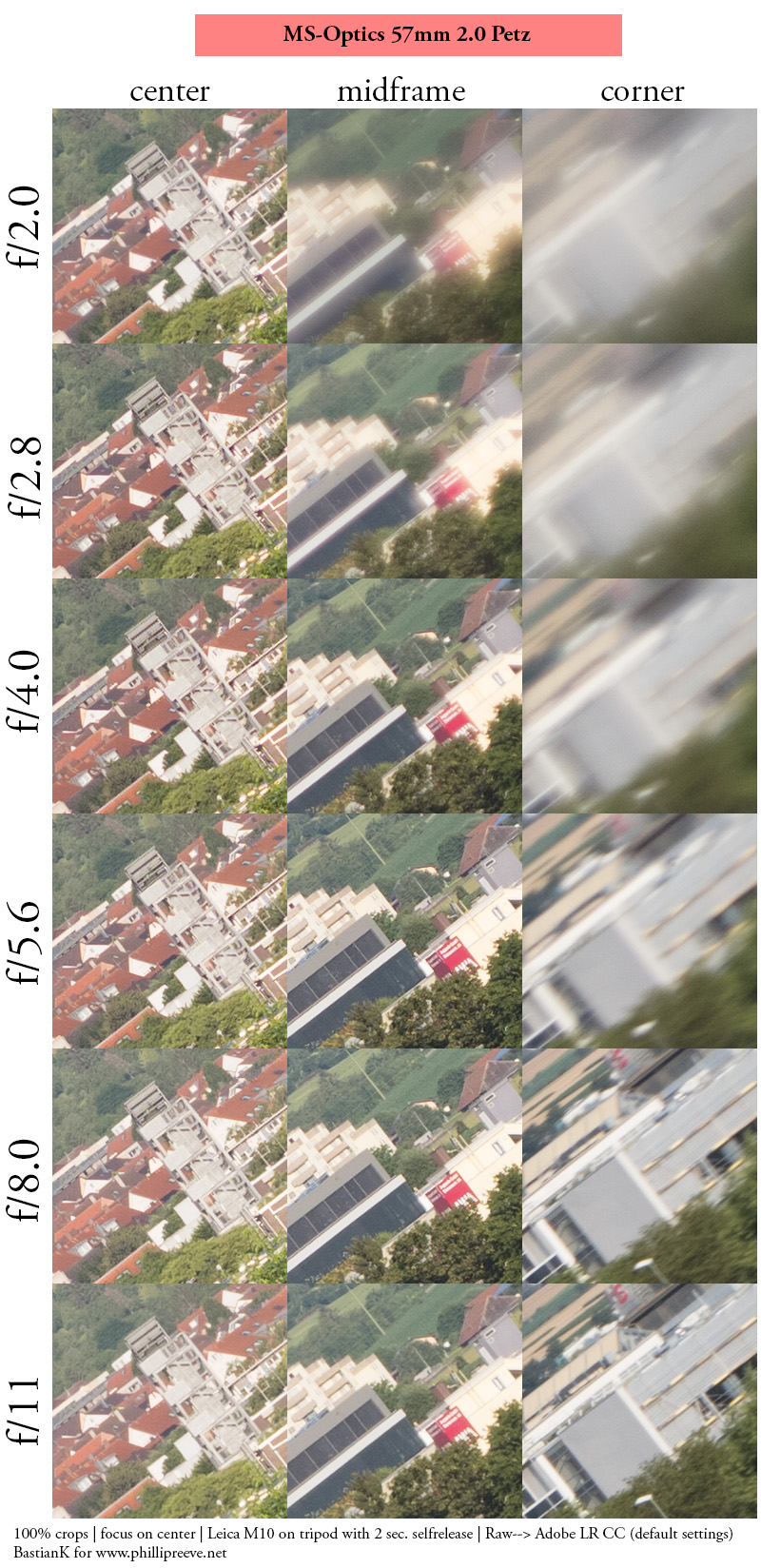










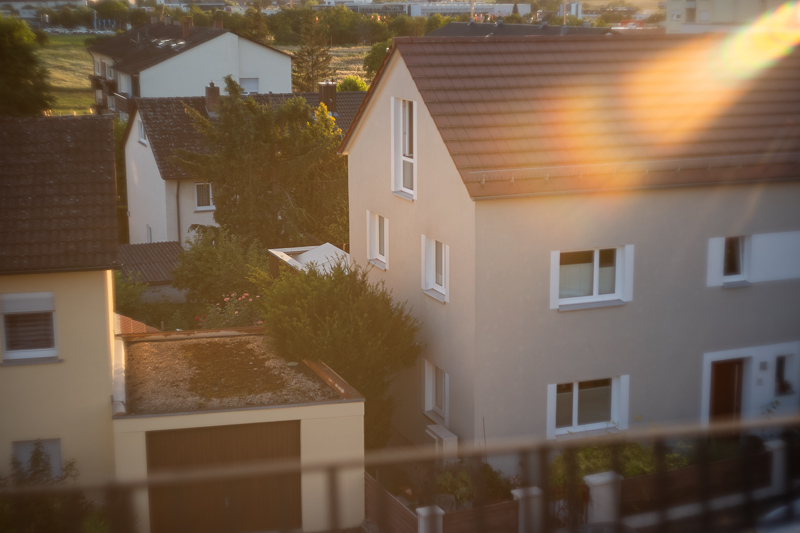














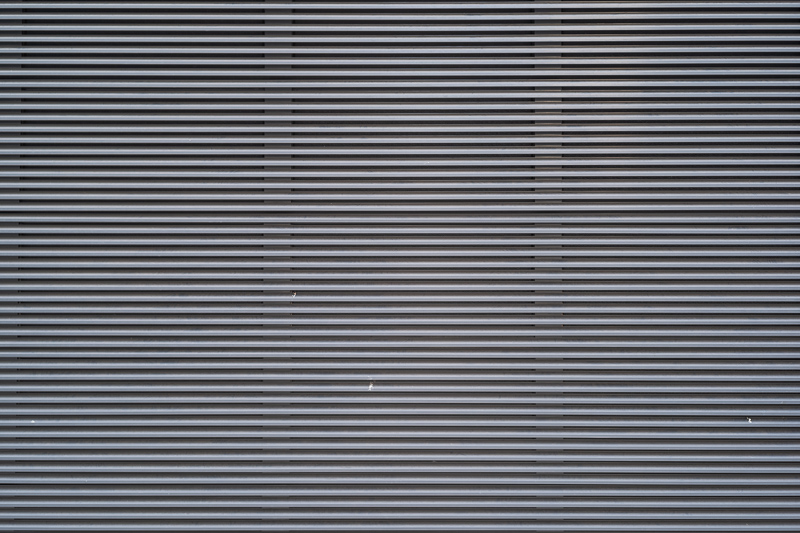




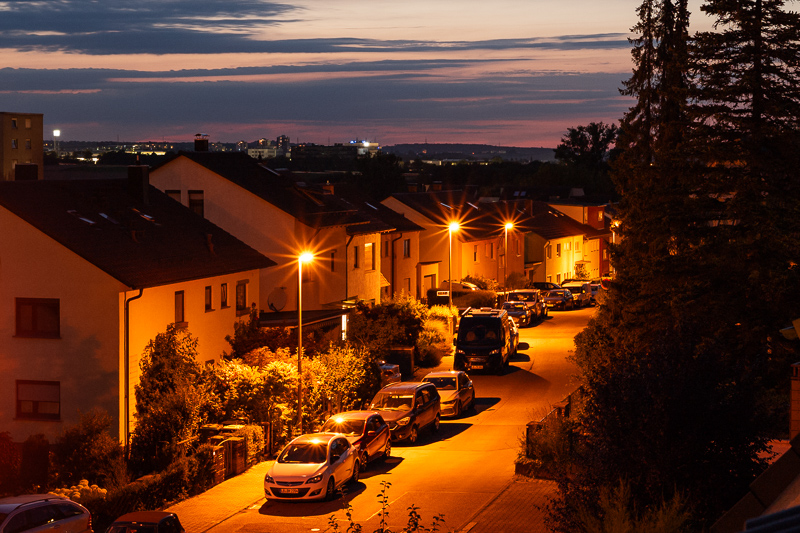

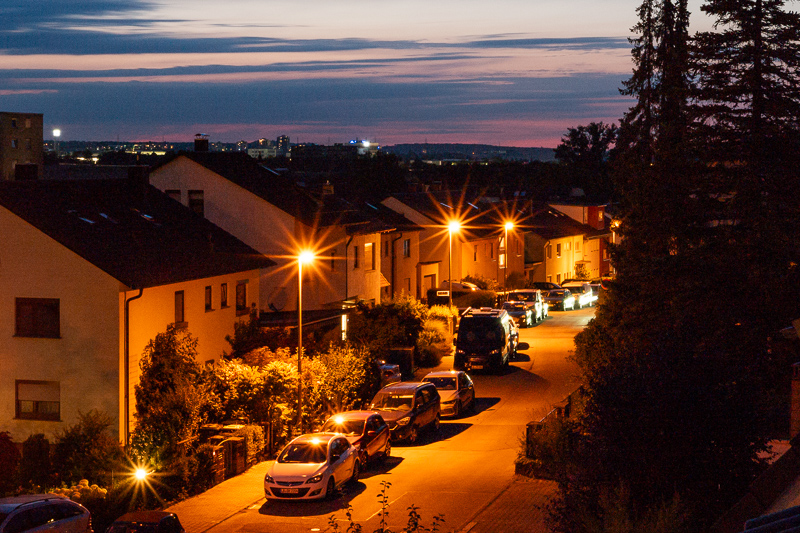








Good rendering, lots of details and lots of different contrast areas. Good micro contrast. Just look at those skin tones. Pricey lens, but every image looks full of life, compared to the modern ones, that look so flat – as if looking through polarizer…
Nice images and I quite like the bokeh. It does not have (very noticable) onion structures in or green fringes around the highlights.
Good looking sunstars are a pleasant feature as well.